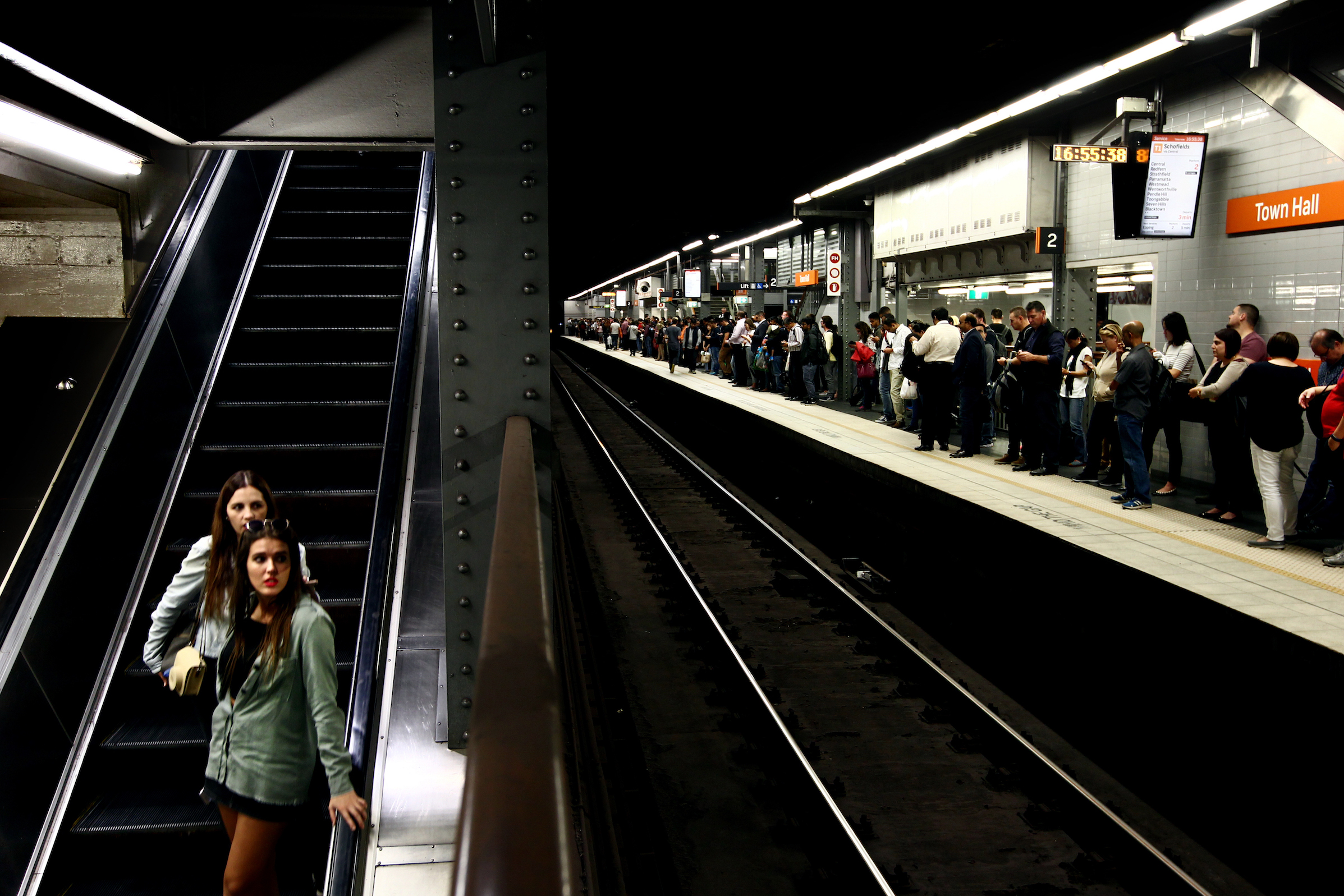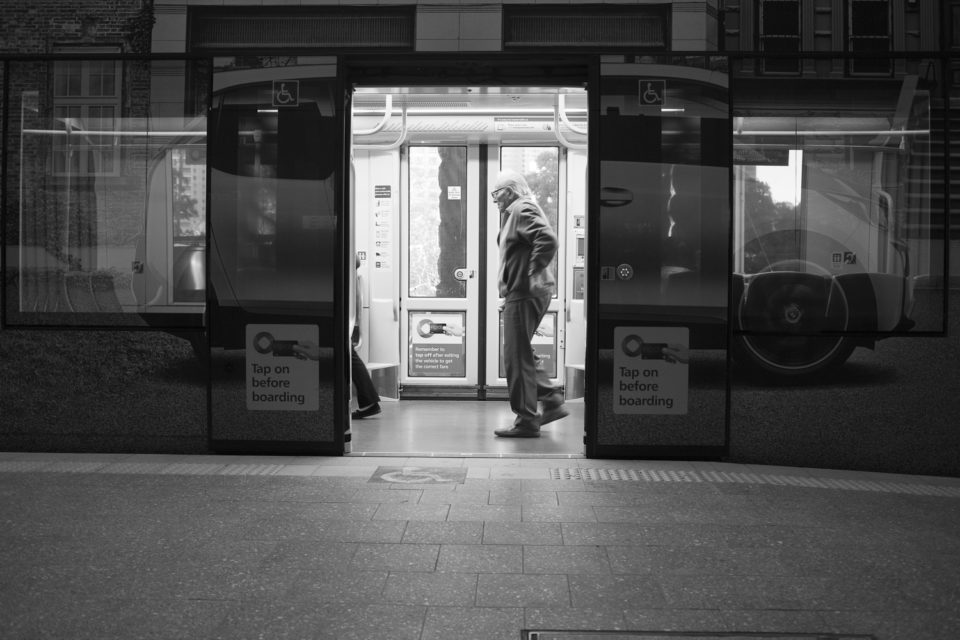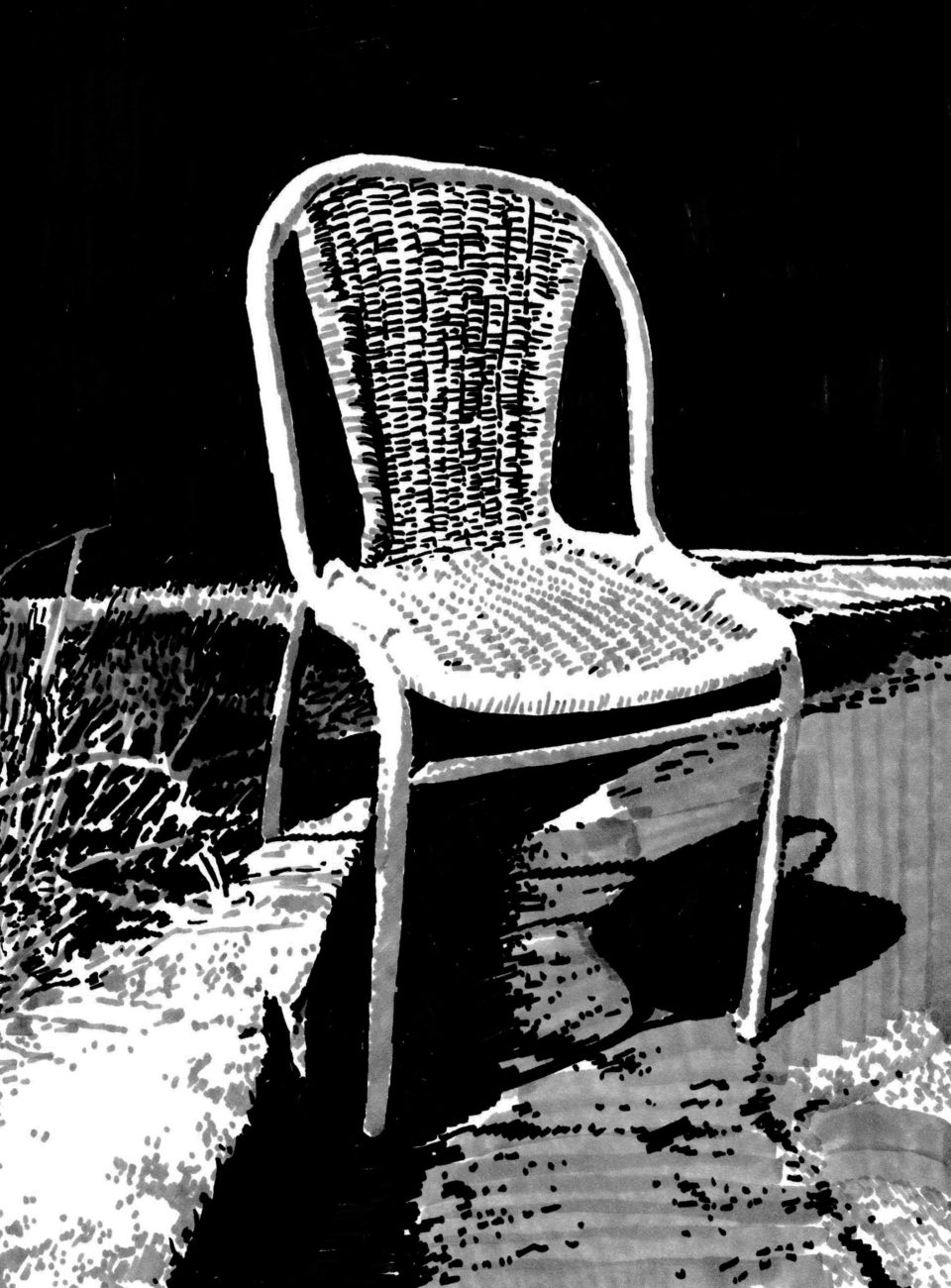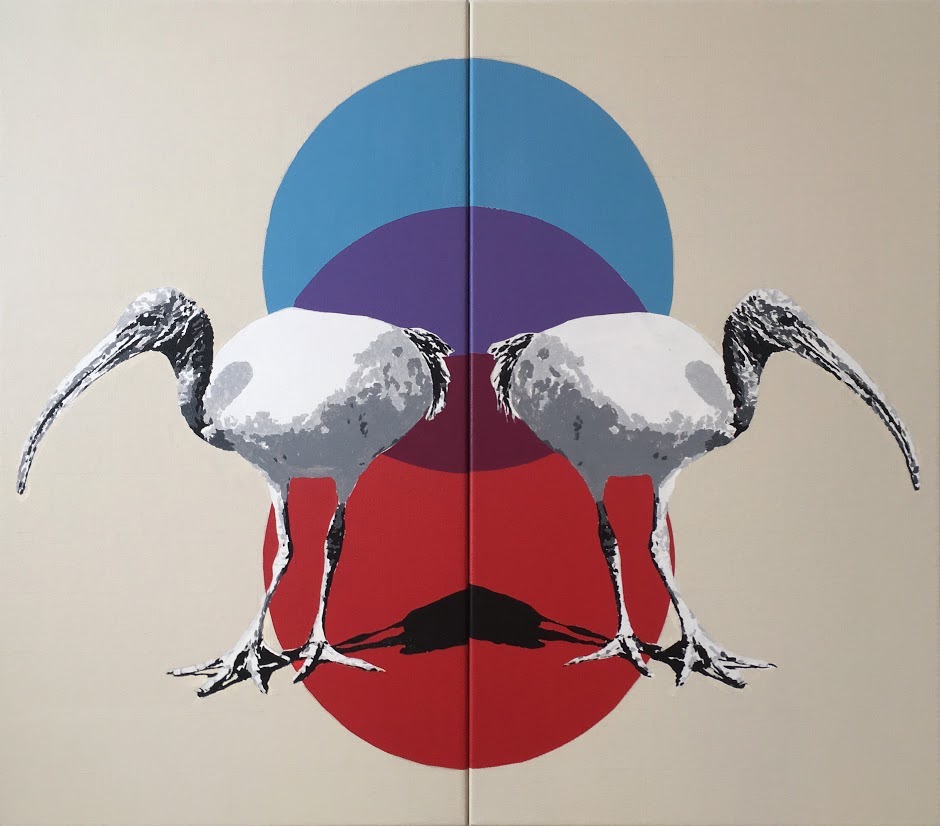At Sydney’s Town Hall Railway Station, the underground throws up a northerly wind that howls foetid and accurate through every inch of the joint. At the suck of my arriving train’s opening doors, I shut my mouth tight against the bad air. Because this place always feels like it’s crawling with something only penicillin can fix. Or could once.
I alight.
The whistle sounds into the void left by the train and its escaping passengers bound for Menai or Waterfall or somewhere that has to be better than this. Mega adverts sit above the tracks I’ve just ridden in on. I squint at them in the grimy light from behind the platform’s yellow line. A dude in a suit and tie has a voice bubble sprouting a message in Mandarin. A lion in long grass is a lure for South African Airways, telling me to book my African adventure today below the jokey headline: FRESH TOURISTS DELIVERED DAILY FROM AUSTRALIA. I’m offered sponsorship opportunities for a CROSS-BORDER E-COMMERCE EXPO. This year is the fourth one to be held, but I’m the only one taking notice.
From greasy platform to escalator, stair and decoratively tiled concourse, the station’s hot breath blows rude in the face of every commuter in its path. A visit here always has me thinking about the nearest clean washroom. And here’s a tip. From experience I know it’s the one inside the St Andrew’s Cathedral church building. Those toilets are airy and seem seldom used compared to the ones underground.
I tap off and climb the steps to George Street where, despite the reverberating chaos of NSW Premier Gladys Berejiklian’s beleaguered light rail project, the bleak atmospherics of Town Hall Station disappear. With natural light and normality restored, I forget what’s going on below. For now.

Photography by Dean Sewell
Built between 1928 and 1932, Sydney’s Town Hall Station was one of a group of underground stations developed by the prominent Australian engineer Dr John Jacob Crew Bradfield. Bradfield also oversaw the design and construction of Sydney Harbour Bridge. Some call him its father. A city railway scheme was ruled essential following a 1909 royal commission set up to find solutions to Sydney’s congestion. It’s an irony that can’t be lost today given our 2018 city’s gridlock and ongoing transport nightmares.
At the beginning of last century, Sydney needed a transport service closer to its harbour than Central. Town Hall was a major achievement in railway construction in its day, notes the NSW Office of Environment and Heritage website. Its escalators, balustrades and steel framework columns displayed an “aesthetic of functionality”. It’s a sentiment that still rings true for an online reviewer on Yelp.com who comments: “Town Hall Station is a bit grubby, but it gets the job done.” And I have to concede the writer has a point. If getting from A to B is all that matters, it does pass the test.
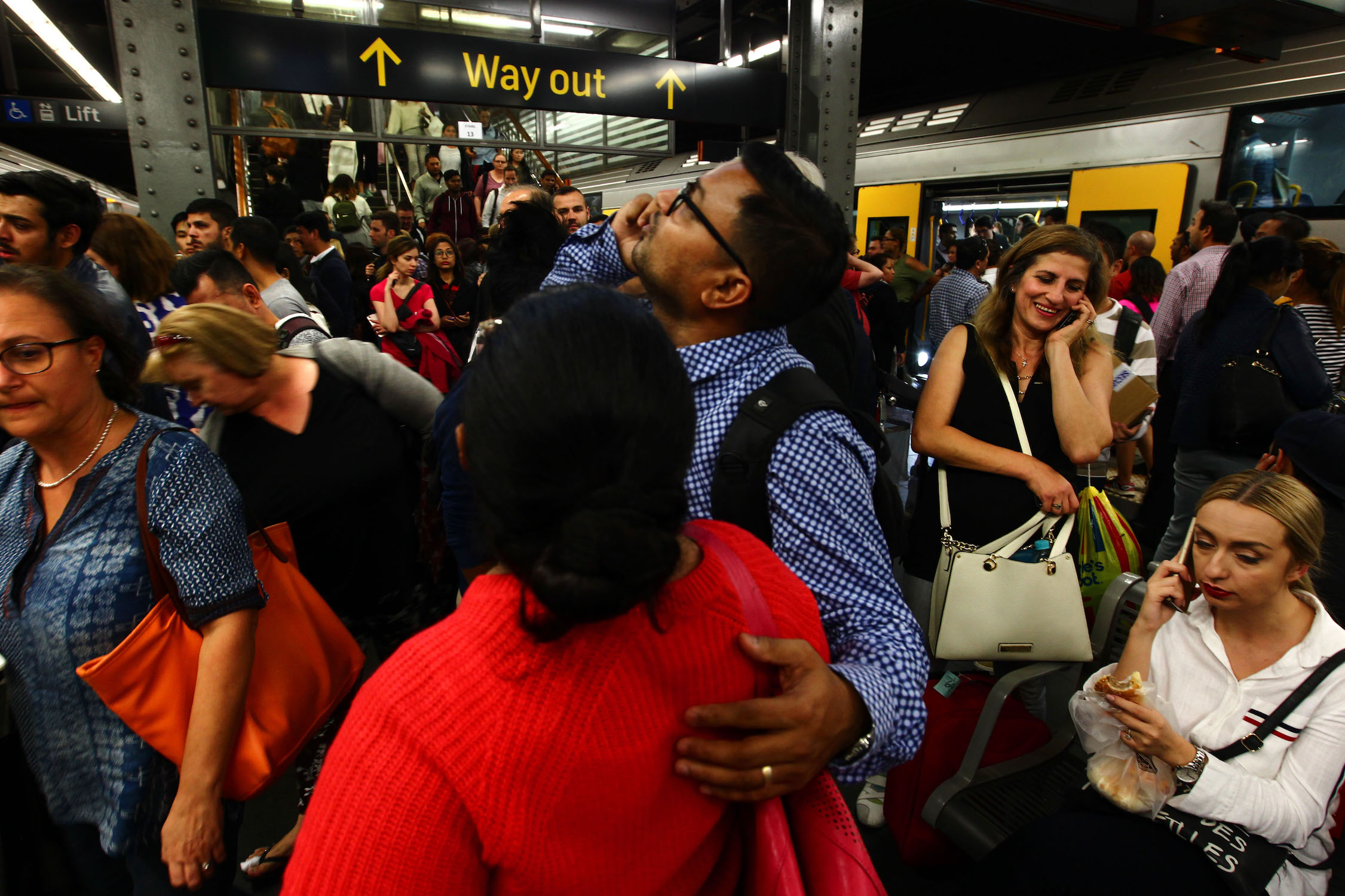
Photography by Dean Sewell
I enter Town Hall Station again, this time, from Kent Street where a sign above suggests I “Give blood, get a biscuit.” I pass more signs: Espresso Coffee, Revitalize, Farma, Su Chai Take Away, Student Flights, Book Grocer. I stop at the Book Grocer where you can buy one book for $7 and three for just $20. There’s no shortage of self-help material and cookbooks but there’s some good stuff too. I pick up Little Failure by the Russian-born American writer Gary Shteyngart. I spot Tap Dancing to Work by investment guru Warren Buffett. He supposedly loves his job so much he tap dances to it.
I consider how hard it would be to tap dance to work if you had to pass through Town Hall Station en route to your employer. Call me humourless but could anyone really tap dance to work apart from Warren Buffett, who must surely be the most unlikely candidate to ever experience the symptoms of a place like Town Hall Station?
As the sport of public transit in Sydney goes, the station is extreme. For none more so than the aged and infirm. Another online reviewer on Yelp saw an elderly person “white knuckling their walking stick and clutching the wall with their other hand”. Another queried, “for the love of God”, who designed the damn platforms: “Were they people as thin as supermodels?”
“Platform 3 terrifies me,” said a third.
I understand their sentiments. I first went to Town Hall Station 16 years ago, having started a new job based in North Sydney. Town Hall was where I had to change trains from the Eastern Suburbs line. Struck by its airlessness and claustrophobia-inducing vibe, I couldn’t wait to get out. I urgently resolved to find other ways to get to that workplace. It’s fair to say the station has improved since then. Sydney Trains estimate “around 180,000 customers use the station each day.”
In the media, there are periodic warnings that the station is a potential firetrap. This is despite its upgrade in 2015-16 with new wall and column tiles, flooring, paint scheme, ticket line and concourse glazing. In January this year, Fairfax reported concerns the station’s vulnerability to fire could result in “a catastrophic scenario”.
Connections to retail malls, unprotected structural steel frames on platforms and no smoke exhaust or ventilation systems all contribute to the risk, the Fairfax report said. It referred to a briefing document to a deputy secretary at Transport for NSW that said, “Fire and life safety concerns have been raised for a number of years and need to be addressed before an incident occurs.” I learn that The City of Sydney and Fire and Rescue NSW inspected Town Hall Station in 2016. After the inspection a number of suggestions were made to help improve safety, however no fire enforcement notices were issued.
I recently contacted Sydney Trains to ask for its current assessment of the fire and safety risk at Town Hall Station. Work is being done to improve safety. But there is a good deal more to do and I was not completely reassured by this response from a Sydney Trains spokesperson: “The safety of our customers and staff is always our highest priority. Since 2016 Sydney Trains has been proactively improving fire safety at Town Hall and has upgraded fire detection and alarm systems, replaced the sprinkler system, enhanced lighting and exit signage and installed a smoke exhaust system throughout the concourse.
“We also have an ongoing program to reduce the risk of fire in tunnels such as upgrading tunnel cables using fire-resistant cables, removing rubbish in tunnels, and conducting regular maintenance inspections. All additional fire safety improvement work is on target to be completed within the timeframes previously agreed with City of Sydney. Further work will be completed in the next 12 months.”
Given that old trains – with poor fire-retardancy levels, higher fire loads, poorer detection systems and no internal CCTV – would be the most likely cause of any fire, you can’t blame Town Hall Station itself entirely for the fire risk. In the event of a catastrophe, you just have to hope against it spreading too far through an ill wind and a perfect storm.
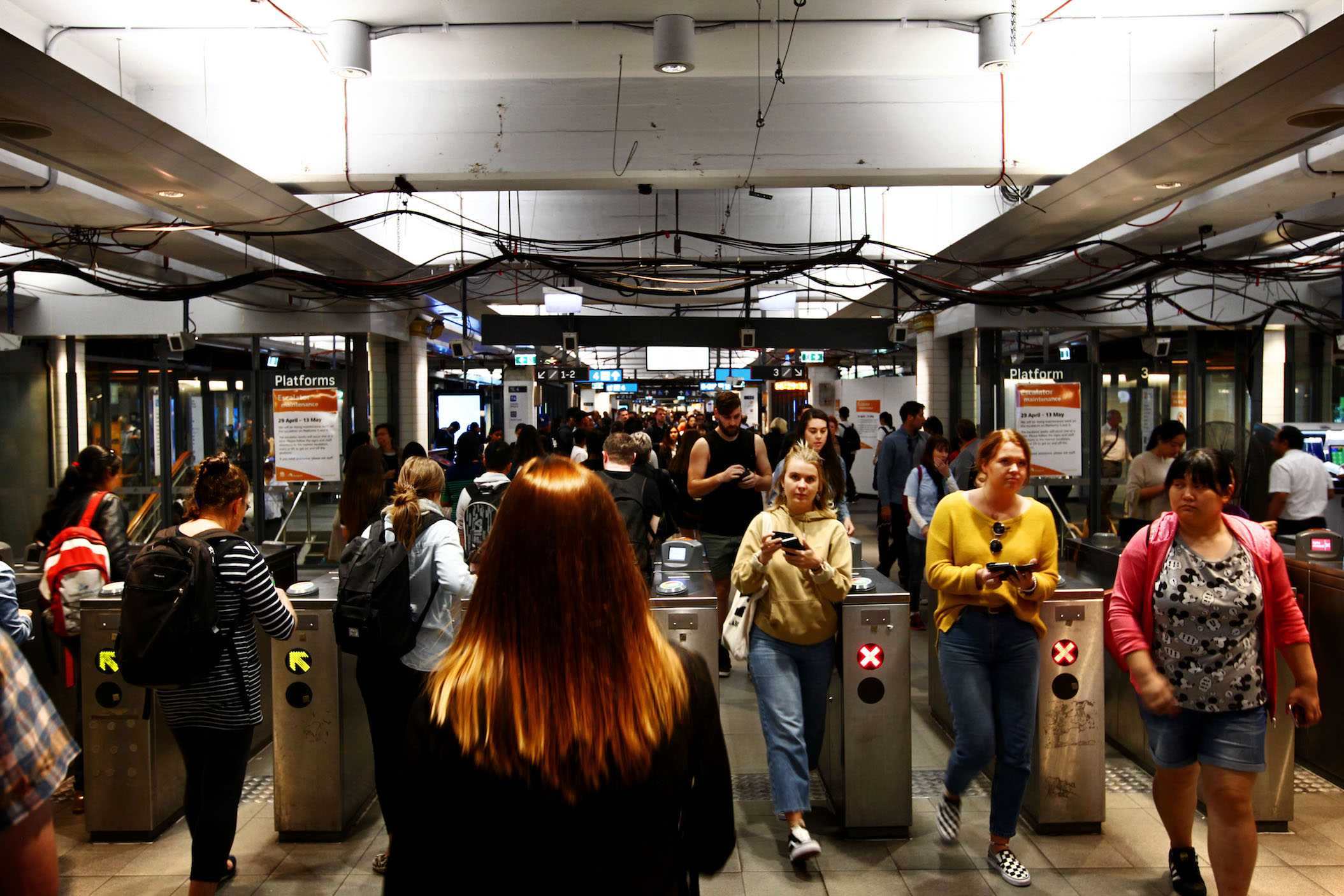
Photography by Dean Sewell
For now, the odorous humidity of the place remains at the heart of a collective unease human beings seem to have when they enter this decaying six-platform netherworld that’s so central to the functioning of our city. The fact it sits on, or at least near, colonial Sydney’s first burial ground fails to surprise me when I discover it in my research. And that the burial ground was never consecrated, its graves sometimes left open to marauding from pigs, goats and horses, is enough to have even the least superstitious among us reaching for the nearest Ouija board.
On one of the lower platforms I prepare to catch my train to the less clammy climes of Wynyard Station. A woman asks her young daughter: “Can you feel the breeze?” The child stares into space, groans something indecipherable. The northerly gusts around us. There might be a breeze. But it is not cool.


